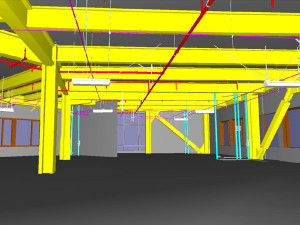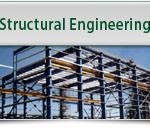 Fight it, resist it, romance it; do whatever you like with it; it falls upon us one way or the other. And it is Change. One thing that is ever sure in our stay on this planet is that Man always finds a way to improve on an existing process or innovate new ones. For now, the balance seems to rest on Additive manufacturing/3D printing.
Fight it, resist it, romance it; do whatever you like with it; it falls upon us one way or the other. And it is Change. One thing that is ever sure in our stay on this planet is that Man always finds a way to improve on an existing process or innovate new ones. For now, the balance seems to rest on Additive manufacturing/3D printing.
3D printing VS Mass production
With the introduction of 3D printing – even at an infant stage, there are already fears that we might as well begin to kiss the old era of “mass production” goodbye. Where bulk production was made popular during the second industrialization era focused only on making bulk items, 3D printing can do both common and custom products.
The pertinent issue is not the ‘if’ but the ‘when.’ A McKinsey study reports a usage increase from 200% to 400% amongst personal enthusiasts. Yet, we can agree that irrespective of the great strides 3D printing technology is taking, there is a lot more to do.
3D printing so far…
Additive manufacturing continues to break natural barriers, thinning the lines between feasible and otherwise, and lots more. Below are some of the programs that are taking off as a result of Additive manufacturing. And how they will fare in the future.
Medicine and health
Since early times, the pursuit of better treatments/medicine has driven more people to innovate. Currently, 3D printing is being experimented with; in the printing of human tissues or the manufacture of specific human organs.
Noble, as the idea is, there is a likelihood it will run into many ethical strains and issues. However, the projected benefits and assistance to life throws a greater weight in its support. Others include regenerative medicine, prosthetics, stem cell regrowth, drugs, and so on.
Architecture and construction
A common practice for architects or engineers was to build a prototype from a design and scale the item higher. However, with recent “adventures” in 3D technology, newer and more sophisticated prototypes and fabrications can be actualized.
Recently, advanced studies are ongoing about printing livable, life-sized houses using concrete and similar materials. As ludicrous as it sounds, many pioneers are already testing this concept with temporal buildings/attachments.
The future benefits of this are innumerable; think about it. Houses/Apartments will be completed in record time, intricate designs can be realized, plus you can get your custom home.
Transport and the Aerospace
The movement of man and his properties from place to place is a constant occurrence. And “how easier it will be for a man if his “journeys” are as efficient as ever.”
Many intricate and spare parts of the automobile are now produced with 3D printers. We also expect this to increase to full car production, chassis, engines, and all.
Also taking another wise further look is the International Space Station, which feeds information to our Earth. Asides from housing a handful of astronauts, it houses 3D printers. These printers make otherwise complex parts that would be dangerous to transport from the Earth.
Another area where 3D printing is being pretty efficient and ingenious is in art and fashion. Once people saw its amazing “powers,” it was only a matter of time before they started using it to create awesome pieces. It continues to expand the scope of fashion and art.
Problems the current 3D printing process face
It is not rocket science that so far, Mass production has become very comfortable and efficient for our “industrialization.” Also, most of the improvements that 3D printing gives, like; instant fabrication, customization, and the ability to create intricate designs, might be less useful.
Here are some ways to conquer some of these problems and take 3D printing to the next level
Producing should begin on a large scale.
One of the fundamental causes for the stunt in 3D printing is its non-viable use in large-scale production. However, as research and improvements continue, better ways to bulk producing with 3D printers will be discovered.
Laser technology as a panacea
For many, the quality of an item has been an issue with 3D printed materials. Since layers are stacked on top of each other, structural quality might be affected. Also, visual appeal is lost through the stripes generated from the layering.
The most viable option so far is using laser-based systems at high resolutions. Though, it might increase the fabrication time of the material.
Improvements in Energy source
The amount of energy used to run a 3D printer is usually greater than used in conventional Manufacturing. Therefore, there is a need to improve on the energy source, especially renewable/green energy.
Powering 3D printers through a “green” energy supply will reposition Addition Manufacturing in the industry dynamics.
Wrapping Up
There are lots of potentials and market for additive manufacturing, but funding seems very low. There is every likelihood that additive manufacturing will drive economies in the nearest future. However, it is the collective jobs of scientists, engineers, investors, and the government to strive to improve the process.
Contact us today for more information. We look forward to working with you on your next project.








